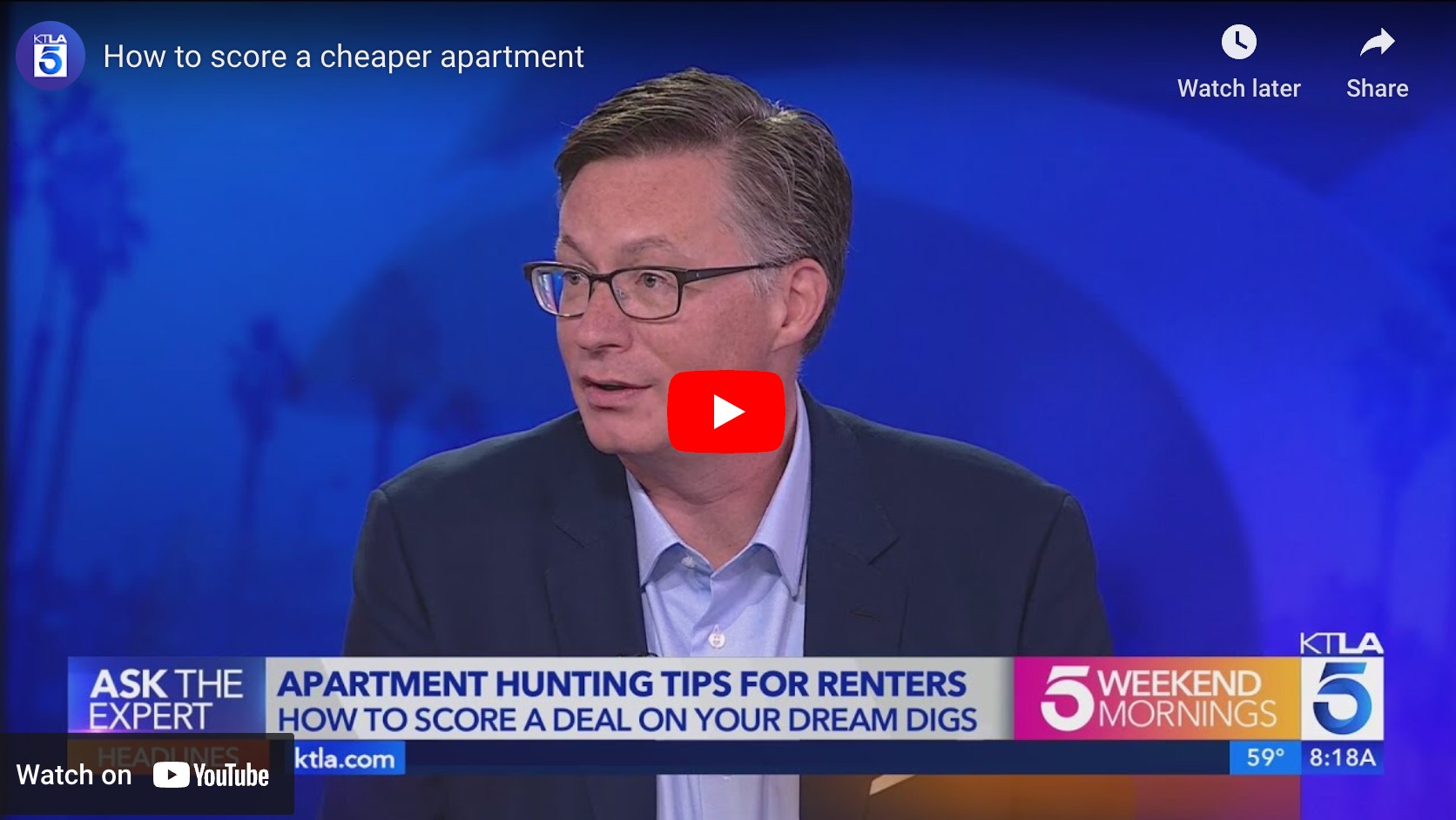Welcome to the Great Dislocation.
No matter where you live, your area is seeing an enormous, unprecedented amount of movement of people and families. We are all adjusting to the new normal that COVID-19 has thrust upon us. For many, that means watching friends and family relocate to places that better meet their needs, either temporarily or for the long term.
This mass movement, in combination with low interest rates, is driving up home prices across the nation (The Wall Street Journal). Despite the activity in home buying, more people in the United States are renting than ever before (Pew Research). Here at Dwellsy, we have the benefit of a national platform and more rental listings than any other site on the internet. This means that we’re watching patterns both nationally and locally. Here’s the three major trends we’re seeing in the rental market.
1. The Most Expensive Urban Core Markets are Seeing a Decline
The national picture starts in the most expensive markets, like NYC and SF. Put simply, there are huge rent drops in those markets. Many landlords are having real challenges renting units at any price. These rent drops are as much as 31% in San Francisco (SF Chronicle) and 12% in the NY Metro Area (The Real Deal).
What you may not know is that these rent drops are happening even as supply shrinks. I hear daily from landlords that they are holding apartments off the market to avoid locking in lower rents. But still: the rents drop.
A close look shows that landlords are aggressively offering concessions. According to Chris Stafford, a renter in San Francisco that we interviewed in a recent Rent Matters episode, there are “crazy incentives…up to 2-3 months’ free rent, free parking for six months, cash bonuses, tickets to concerts.” Landlords are doing this in the hope that we’ll have a return to normal pricing when the leases end and renewal happens. As you can imagine, these kinds of concessions are the most common at the top of the market and become less available as prices drop.
Why are these cities being uniquely impacted? Prior to COVID-19, these two cities were amongst the most vibrant and expensive in the country. Under the restrictions we now all live with, much of that city life is gone. Amazing arts scene? Closed. Wonderful restaurants? Delivery only. The dense urban experience, which for many has been so exhilarating, has become a reason to move away rather than an attraction.

2. People are trading to meet the needs of changing lifestyles
Downtown cores and formerly hot transit corridors in the most expensive markets are emptying out. So where are those folks going? Some are staying in the same cities, but trading living spaces to meet new and different goals. Many are revisiting the classic question of rent vs buy under new Covid 19 conditions.
Many are working from home and need more space for a home office. Others are teaching kids at home and need space for homeschool setups. Some have family members moving in and need space to accommodate them. It could be all three.
Others are sick of crowded elevators and passing neighbors in narrow hallways. These folks want a personal entrance to their home, without having to pass through a common space.
And the holy grail for many? Private outdoor space. The suburban backyard has become an oasis. This is a trend that stands in stark contrast to the move toward the cities and densification for so long. Some are even pushing further out than that, to exurbs or to a full country lifestyle.
The implication here is that even in those most expensive markets, the suburbs and exurbs tell a very different story than the cities. Many of them boast strong and healthy rental markets with prices flat or even increasing. This is especially true for renting single family homes (SFR). A leader at Invitation Homes, the nation’s largest single family home landlord, recently told me that they’re “so overwhelmed by demand for [their] properties that they’re struggling to respond to inquiries.”
3. Secondary Markets are Winning
Folks from those dense and expensive markets aren’t just moving to the suburbs. San Francisco 49ers fans are moving to Boise and Denver. Lovers of NYC theatre are moving to Florida, New England, Tampa Bay Area, Upstate New York and, did I mention – Florida?
Sometimes these moves are driven by weather, cost, or other location-specific factors. These make a destination appealing for what may be regarded as a short stay. Often folks are returning to their place of origin, to live with or near parents.
That means that the markets in many secondary and even tertiary cities like Rochester, NY, Durham, NC, and Austin, TX are healthy or even thriving. I’m told that trying to find a rental home in the suburbs of Denver is brutally challenging, with multiple bidders and homes being rented in hours or days. An apartment investor I spoke to recently has been getting multiple unsolicited bids to purchase his Kansas City apartment complex at prices in excess of what he saw before COVID. And, according to Laura, a renter I recently interviewed, “prices in Kansas City are definitely higher than they were before COVID.”
It’s not that these markets don’t have their own version of the Great Dislocation. Virtually all of them are seeing some of the similar trends that we’re seeing in those most expensive cities. But in contrast to SF and NYC, secondary cities have both an influx of new people and internal dislocation. The net effect is bringing changes within those cities, but not the huge decrease in rents that the most dense and expensive urban centers are seeing.
So, what’s next for the balance of 2020 and into 2021?
- Will this level of activity in the housing market continue or decline?
- Will the decline in luxury market help increase inventory for the middle of the market?
- Will we continue to see an increase in households renting to keep options open in this volatile time or will more households buy in an effort to find security?
Like all things this year, I expect unpredictability above all else. I’ll keep updating here on what I’m hearing and seeing in the market in the months to come, so check back frequently for updates, and if you want a first-hand perspective from renters, subscribe to my podcast Rent Matters to hear the voice of renters during this changing times.
For inquiries, please contact info@Dwellsy.com.
Check out our other great posts on the Dwellsy blog.
Looking for a new home? Start your rental search on Dwellsy.








